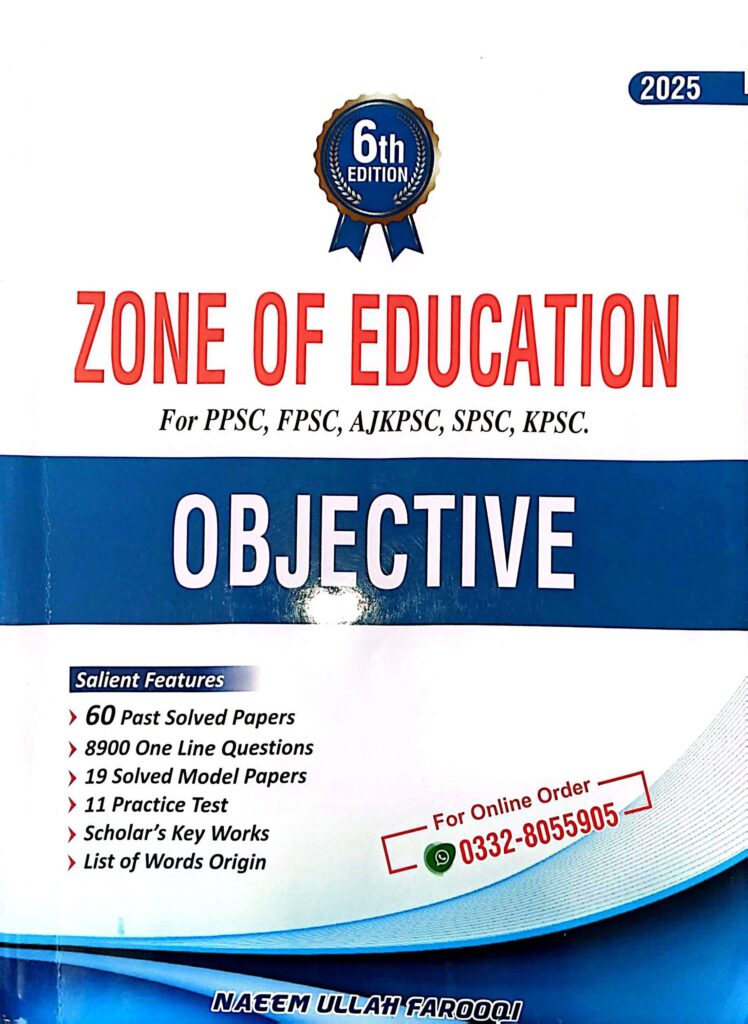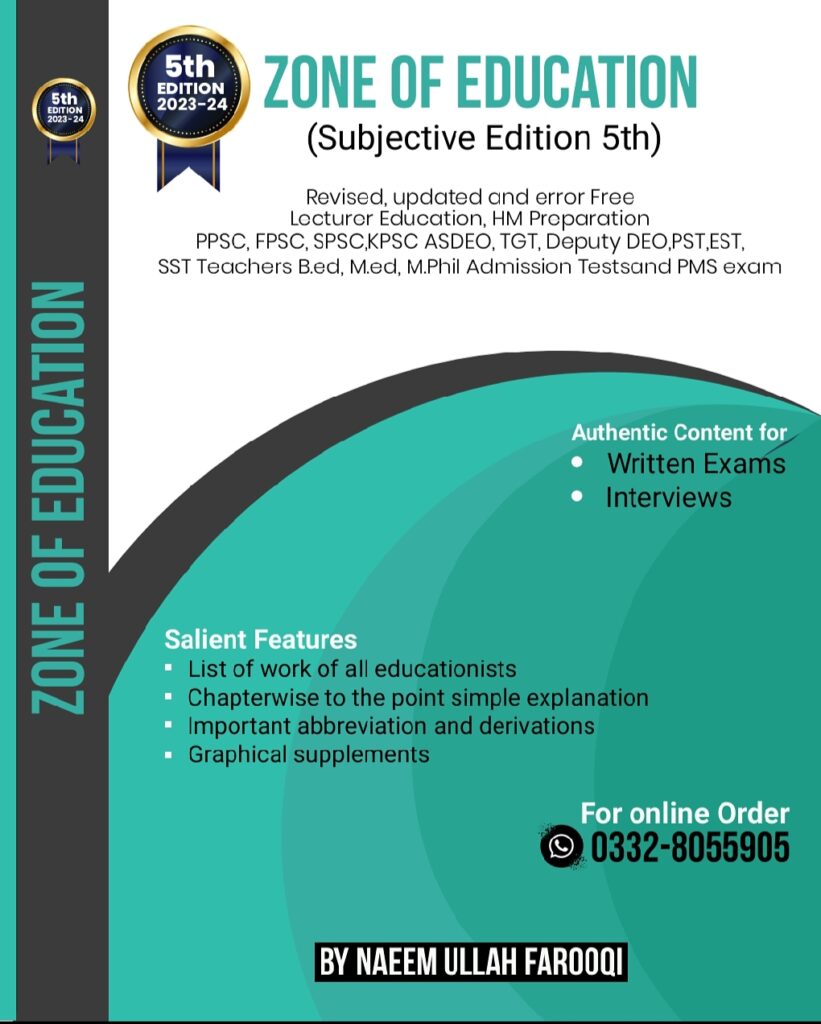Psychology
INTELLIGENCE: ITS THEORIES AND MEASUREMENT
1. Group factor theory is related to:
o (a) Thorndike
o (b) Hull
o (c) Binet
o (d) Thurston
2. Sampling theory of intelligence was explained by:
o (a) Burt
o (b) Hull
o (c) Spearman
o (d) Thompson
3. The hierarchical theory of intelligence was developed by:
o (a) Burt
o (b) Vernon
o (c) Lindsey
o (d) Both (a) & (b)
4. Three-dimensional theory of intelligence was given by:
o (a) Galton
o (b) Guilford
o (c) Hebb
o (d) Gulickson
5. Intelligence classified into three dimensions, viz., operations, contents, and:
o (a) conduct
o (b) products
o (c) produces
o (d) procedures
6. Fluid and crystallized theories related to:
o (a) Hebb and Cattell
o (b) Guilford and Eysenck
o (c) Burt and Vernon
o (d) None of them
7. Fluid general ability thoughts appear in the form of a central nervous system as a:
o (a) probable potentiality
o (b) genetic potentiality
o (c) both (a) and (b)
o (d) none of them
8. William Wundt, the first experimental psychologist, was from:
o (a) America
o (b) Germany
o (c) U.S.S.R.
o (d) Italy
9. The first intelligence test was developed in the year:
o (a) 1916
o (b) 1905
o (c) 1936
o (d) 1911
10. The first intelligence test (1905) was made by:
o (a) William Wundt
o (b) Itard
o (c) Seguin
o (d) Alfred Binet and Simon
11. Since when have psychologists been trying to understand the concept of intelligence?
o (a) since the 16th century
o (b) since the end of the 18th century
o (c) since the end of the 19th century
o (d) none of these
12. Who said, “Intelligence is the general ability”?
o (a) Spearman
o (b) Terman
o (c) Ebbinghaus
o (d) All the above
13. Who said, “Intelligence is the power of discrimination and selection”?
o (a) Spearman
o (b) Francis Galton
o (c) Stout
o (d) Cyril Burt
14. Who said, “Intelligence is the power of combination parts”?
o (a) Galton
o (b) Binet
o (c) Ebbinghaus
o (d) Stern
15. Who said, “Intelligence is regarded as the power of attention”?
o (a) Binet
o (b) Weschler
o (c) Stout
o (d) Spearman
16. According to Terman, Intelligence is the ability to carry out:
o (a) meaningful thinking
o (b) creative thinking
o (c) abstract thinking
o (d) automatic thinking
17. Intelligence is the ability and capacity to reason well and to be:
o (a) self-certified
o (b) self-critical
o (c) self-assertive
o (d) self-creative
18. Intelligence is the essence of:
o (a) introverted abilities
o (b) critical abilities
o (c) inherited abilities
o (d) Intelligentsia
19. Intelligence is the ability to understand problems characterized by:
o (a) difficulty
o (b) complexity
o (c) abstractness
o (d) All of these
20. The unifactor theory of Intelligence was presented by:
o (a) Spearman
o (b) Stout
o (c) Alfred Binet
o (d) Hull
21. Two-factor theory of Intelligence is related to:
o (a) Spearman
o (b) Binet
o (c) Hull
o (d) Stone
22. Two-factor theory of Intelligence has two factors, one is the general factor and the other is:
o (a) high-class factor
o (b) specific factor
o (c) statistical factor
o (d) standard factor
23. Two-factors theory was developed in:
o (a) 1940
o (b) 1860
o (c) 1960
o (d) 1904
24. Three-factor theory of intelligence was developed in:
o (a) 1960
o (b) 1948
o (c) 1941
o (d) 1911
25. Three-factor theory of intelligence was given by:
o (a) Binet
o (b) Hull
o (c) Morgan
o (d) Sternberg
26. Multi-factor theory of intelligence is related to:
o (a) Hull
o (b) Thorndike
o (c) Spearman
o (d) Galton
27. Primary and common factor theories explain the:
o (a) Group factor theory
o (b) two-factor theory
o (c) multifactor theory
o (d) g-factor theory
28. Primary mental abilities appear in:
o (a) multifactor theory
o (b) g-factor theory
o (c) two-factor theory
o (d) group factor theory
29. The positive correlation process is followed by:
o (a) g-factor
o (b) common factor
o (c) multifactor
o (d) none of them
30. The above figure depicts the:
o (a) multifactor theory
o (b) g-factor theory
o (c) common factor theory
o (d) primary factor theory
31. The Binet-Simon scale of intelligence has:
o (a) 15 items
o (b) 20 items
o (c) 30 items
o (d) 25 items
32. The Binet-Simon scale is administered in the age group:
· (a) 2-15
· (b) 3-16
· (c) 8-25
· (d) 7-18
· Correct Answer: (b) 3-16
33. Mentally retarded children are classified into:
· (a) four groups
· (b) two groups
· (c) three groups
· (d) five groups
· Correct Answer: (c) three groups
JOIN ZONE OF EDUCATIONPK!
Discover the most comprehensive and reliable pedagogy resources in Pakistan, curated for competitive exam success. Our content covers all competitive exam MCQs, including PPSC, FPSC, AJKPSC, SPSC, and more. Designed to empower learners with top-notch material and insights, trust us for your preparation journey!


